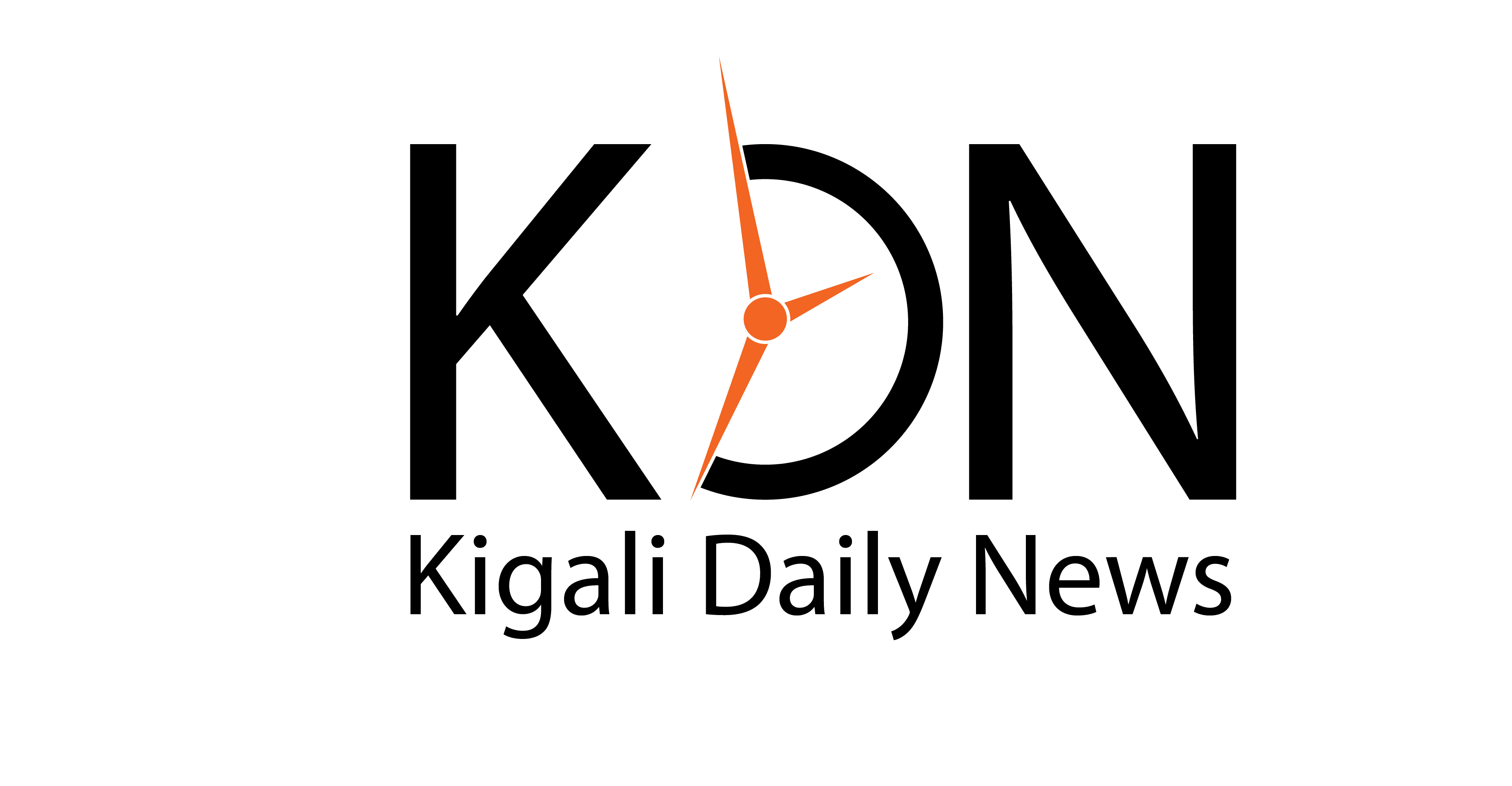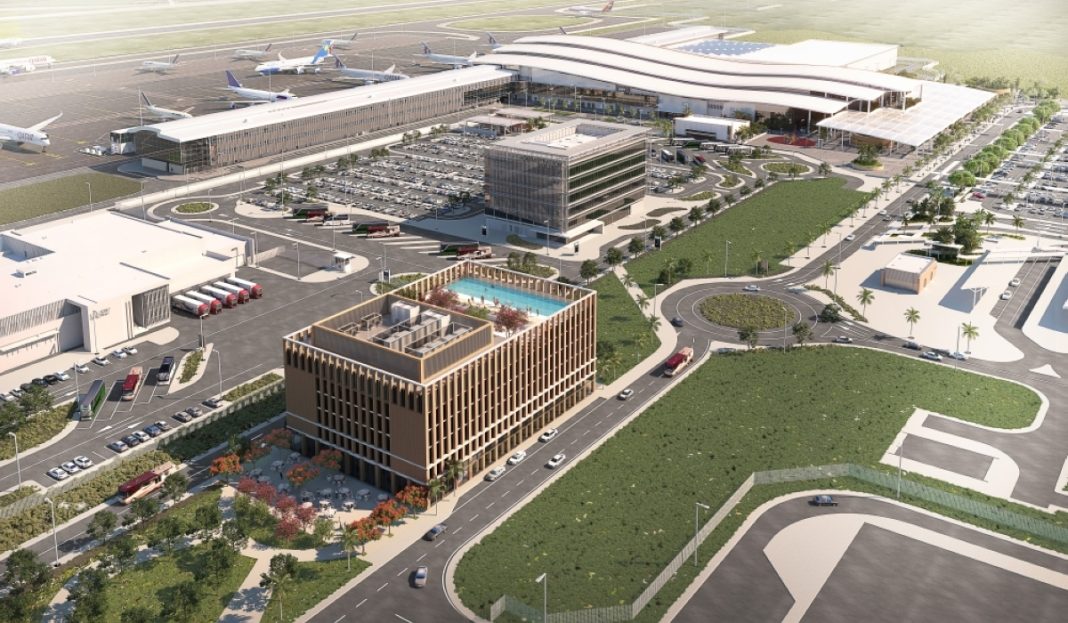Rwanda plans to spend Rwf699.4 billion on the ongoing construction of an airport in Bugesera in the 2025/26 fiscal year, according to information from the Ministry of Finance and Economic Planning (MINECOFIN).
The information is contained in the Budget Framework Paper for 2025/26 – 2027/28, which is the government’s overall fiscal strategy document for the three-year period.
The fiscal document (obtained from the ministry website) indicates that in 2025/26, an estimated Rwf701.8 billion is projected under the category of equity and investment fund shares made of allocation to the airport in Bugesera construction account for Rwf699.4 billion, as well as Rwf2.4 billion for BRD (Development Bank of Rwanda).
The projected spending on the airport (Rwf699.4 billion) represents 57 per cent of the proposed over Rwf1.2 trillion budget increase in the next fiscal year.
It is expected that the airport will start being operations in 2028. Its construction is projected to cost $2 billion.
While presenting this budget framework paper to Parliament on Thursday, May 8, the Minister of Finance and Economic Planning, Yusuf Murangwa, said that the government plans to spend more than Rwf7 trillion in 2025/2026. This amount represents an increase of over Rwf1.2 trillion or 21 per cent compared to over Rwf5.8 trillion approved for the current fiscal year.
Murangwa stated that the increase in budget will mainly be occasioned by fast-tracking the construction of the new international airport and the expansion of the national airline RwandAir. These are described as strategic investments.
The airport in Bugesera and RwandAir expansion to drive external loan
Regarding external debt, the budget framework paper showed that the government will borrow an estimated Rwf2.15 trillion for the coming fiscal year, which will be Rwf648.4 billion higher compared to over Rwf1.5 trillion of the current year.
Borrowing related to second phase of Bugesera airport construction and expansion of RwandAir are the main drivers of the increase, according to the ministry.
Medium-term external debt policy
MINECOFIN indicated a preliminary debt sustainability analysis showed that the debt sustainability indicators in the medium term will shoot up to accommodate financing for the implementation of the second phase of the Bugesera airport project and the expansion of RwandAir in 2025, in a joint venture with the Qatar Investment Authority.
The Rwandan government will contribute 40 per cent of equity stake and 59 per cent in both the airport and airline, respectively.
With this financing, the economic growth and development agenda for the second National Strategy for Transformation (NST2) is expected to boost significantly, MINECOFIN observed.
As a result, it stated, the debt will remain sustainable with loan servicing impact expected to be mitigated by new tax measures (some of which have recently been passed by cabinet) and various derisking instruments the government is actively exploring.
However, the debt consolidation path of 65 per cent of Rwanda’s gross domestic product (GDP) that was expected to be achieved by 2031 may delay for two to four years, MINECOFIN concluded.
In order to keep a moderate risk of debt distress, the overall debt strategy will focus on maximising concessional funding opportunities to minimise debt servicing pressures; prioritise fixed instruments to avoid effects of volatile market interest rate; develop the domestic market to reduce dependence on foreign currency debt while reducing refinancing risks with issuance of long-term securities, such treasury bonds.
Other measures are proactively taking liability management operations whenever possible to avoid refinancing risks; boosting Rwanda’s exports to build buffers for debt sustainability; and finally recalibrating the fiscal consolidation path with strengthening of domestic revenue mobilisation, spending rationalisation and mitigation measures for fiscal risks arising from State Owned Enterprises, power purchase agreements, among others.



